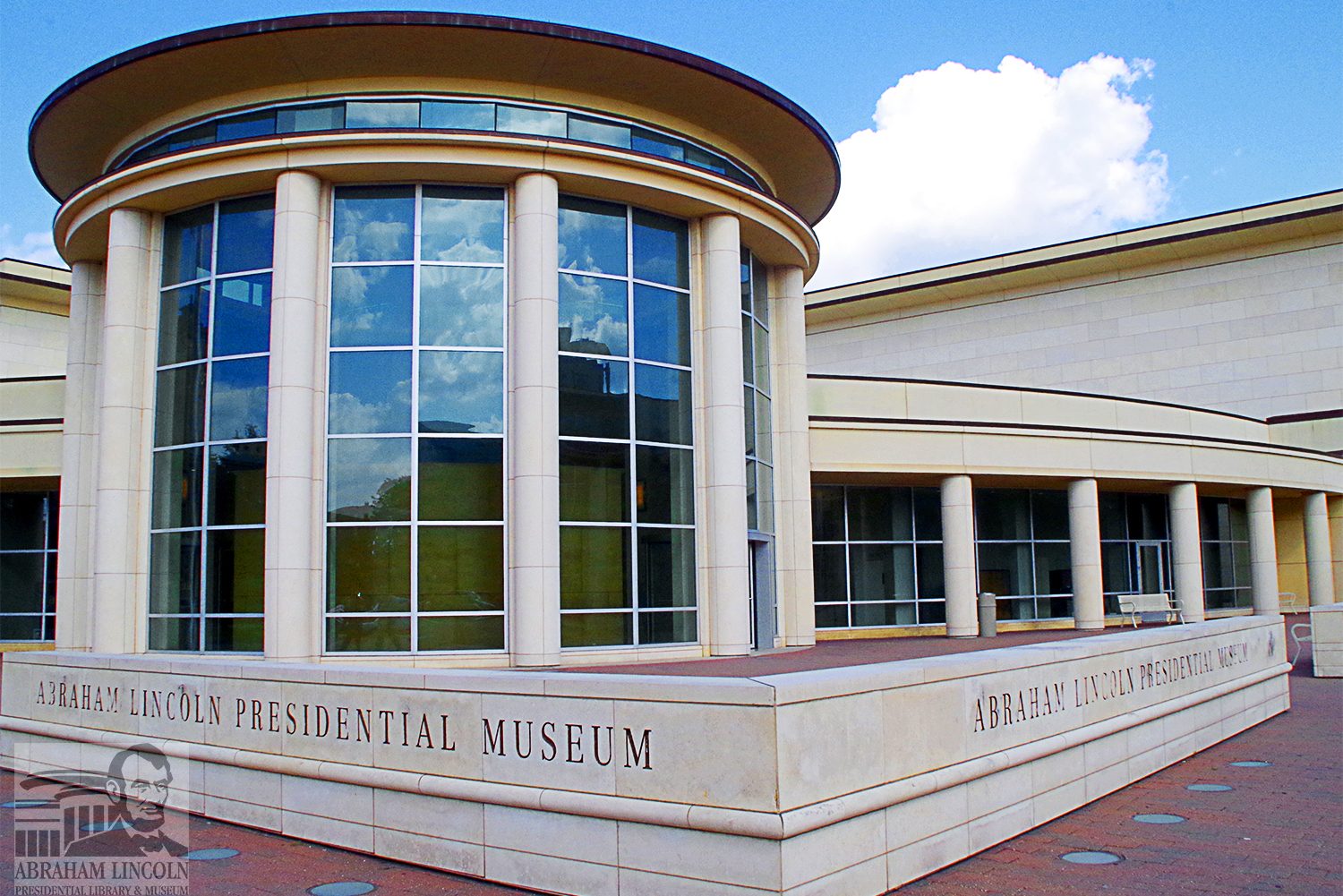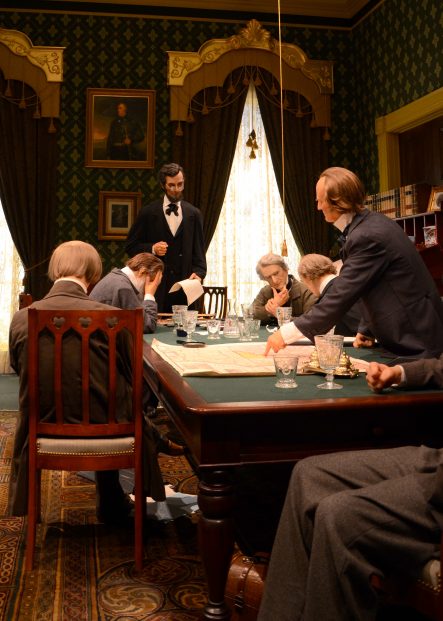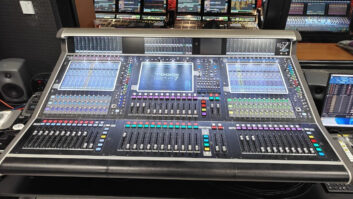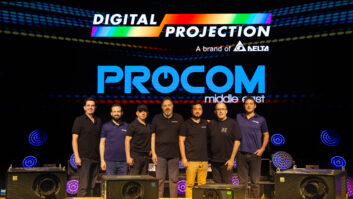
The Abraham Lincoln Presidential Library and Museum (ALPLM) has been equipped with a Symetrix managed Dante-enabled network as a replacement for its analogue audio system that had began to show its age.
ALPLM is one of America’s most popular presidential libraries with more than 300,000 visitors area each year. It includes 40,000sqft of immersive exhibits, historical artefacts, interactive exhibits, and dramatic performances. While only a few exhibit areas rely on spoken word, audio is everywhere: mostly music, sound effects, and occasional museum-wide announcements.
After a dozen years, the museum’s analogue audio system began to deteriorate, and some pieces could no longer be serviced. After research and consultations with systems integrators Video Services of America in Chicago, ALPLM systems technical director Sam Cooper opted for a Dante-enabled network managed by four Symetrix Prism 16×16 DSPs and a Symetrix Radius 12×8 EX DSP equipped with a Symetrix 4 Channel Analogue Output Card.
Music and effects are supplied by TASCAM DA-6400 64-channel digital recorders with Dante I/O cards connecting the recorders directly into the Dante network. An assortment of JBL Control-series ceiling and wall-mount loudspeakers deliver the audio, powered by Crown amplifiers.
Greg Bayer, VSA senior sales representative said: “The museum uses a vast array of synchronised sound effects and music, and as you move between locations, you transition to new sounds and music. There are speakers everywhere, and getting the timing and flow right requires sophisticated control, which is a strength of Symetrix DSPs.”

The exhibits are organised into two major ‘Journeys’. Journey 1 presents the Railsplitter’s pre-Presidential years, while Journey 2 is about his presidency. “The cool thing about the Journeys is the 27 separate areas we call Scenes,” stated Cooper.
From the Plaza, you can enter ‘Journey 1’, which uses 28 channels of audio, while ‘Journey 2’ has 56 input channels where every input is used, including XLR analogue inputs. “The Plaza has its own music,” noted Cooper. “The ‘Ask Mr Lincoln’ exhibit has separate dialogue. ‘Mrs. Lincoln’s Attic’ has its own music, as does the ‘Illinois Gallery,’ which changes with each exhibit. We didn’t use much EQ but level control was very important, and the Symetrix DSPs made a big difference there.”
In fact, said Cooper, level setting was the most challenging part of programming the system. “We’d take it down 3dB in one room, then realise that’s too much, so we’d adjust it again,” he recalled. “But because of that change, we’d have to go to the next room and make a little change. We spent a lot of time going back and forth and adjusting. We walked the Journeys with the VSA team over and over until we got it right-and they did a great job. Once we got the levels right, we generally haven’t had to change them.”
On he choice of Symetrix products, Cooper explained: “We chose Symetrix DSPs because they have the capabilities we need, including Dante, while also fitting our budget. They’re not hard to program in general but neither VSA nor I had done something quite like this before. In addition to level control in the Plaza, we wanted two Symetrix ARC-3 controllers, mounted inside our operator control panels that mirrored each other to control the Plaza system. We have four zones in one scene that use multiple audio streams, depending on section, and those need to be controlled independently on a dedicated mixer in the DSP. Sometimes we mute individual scenes, which adds complexity. We have interactive exhibits on the network, each with audio. We also wanted the ability to expand the system. It was a lot to program. So VSA called Symetrix on the phone, and the Symetrix people were great about explaining how to do what we wanted.”







